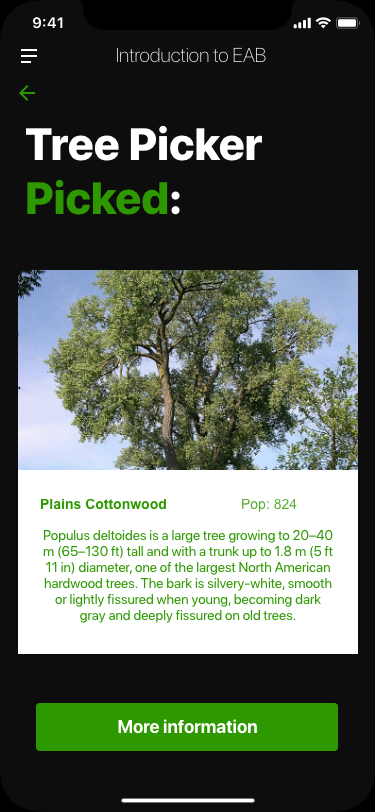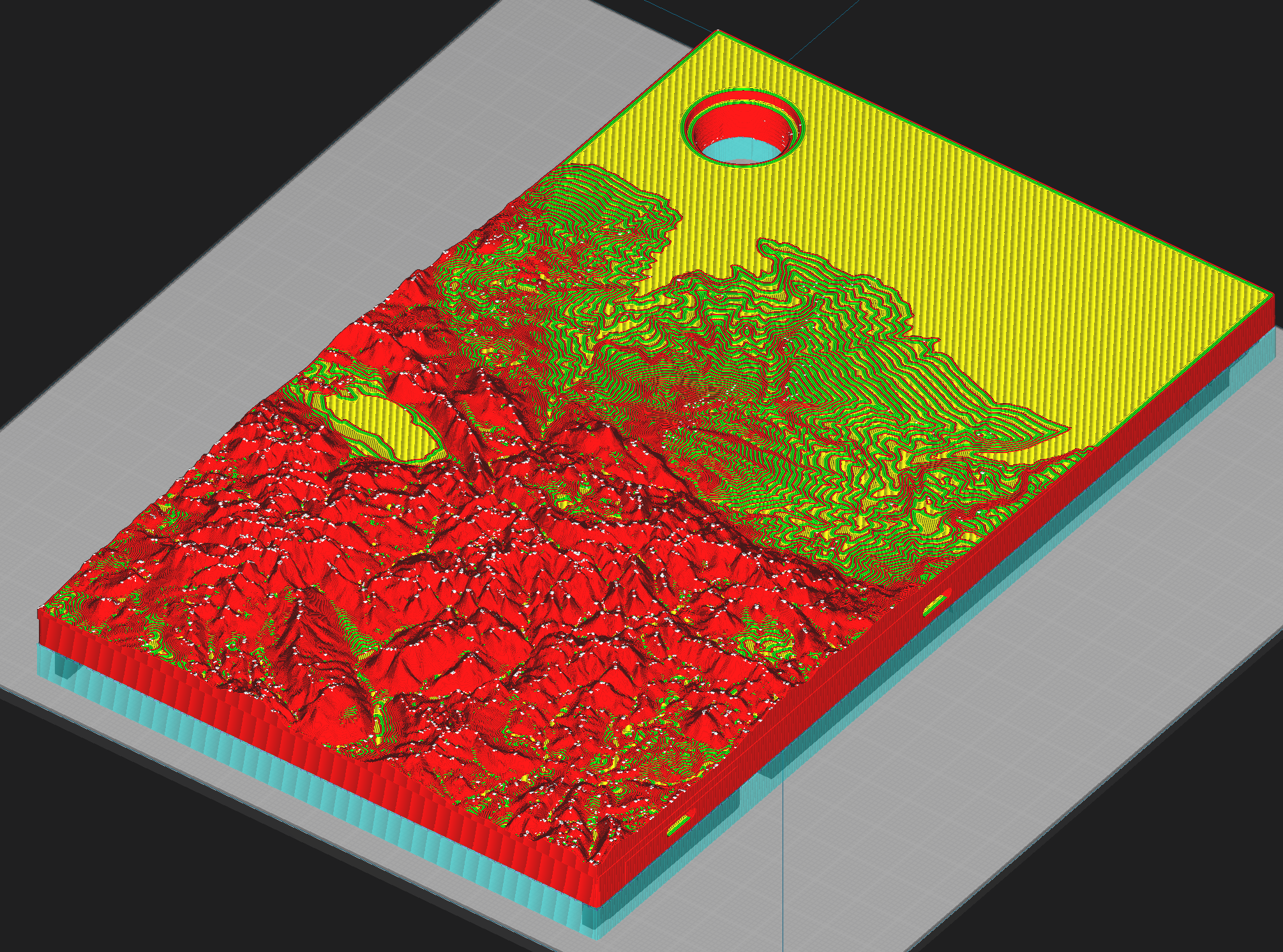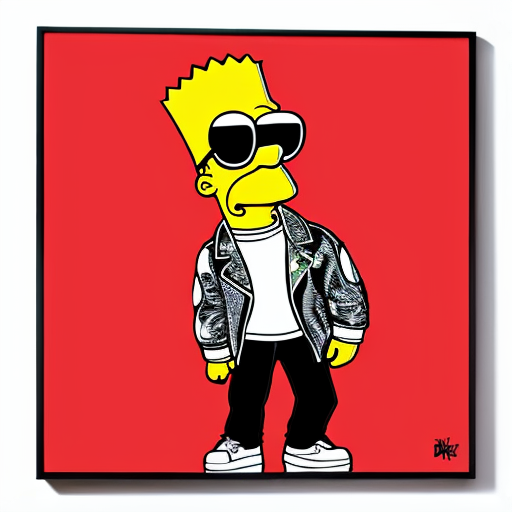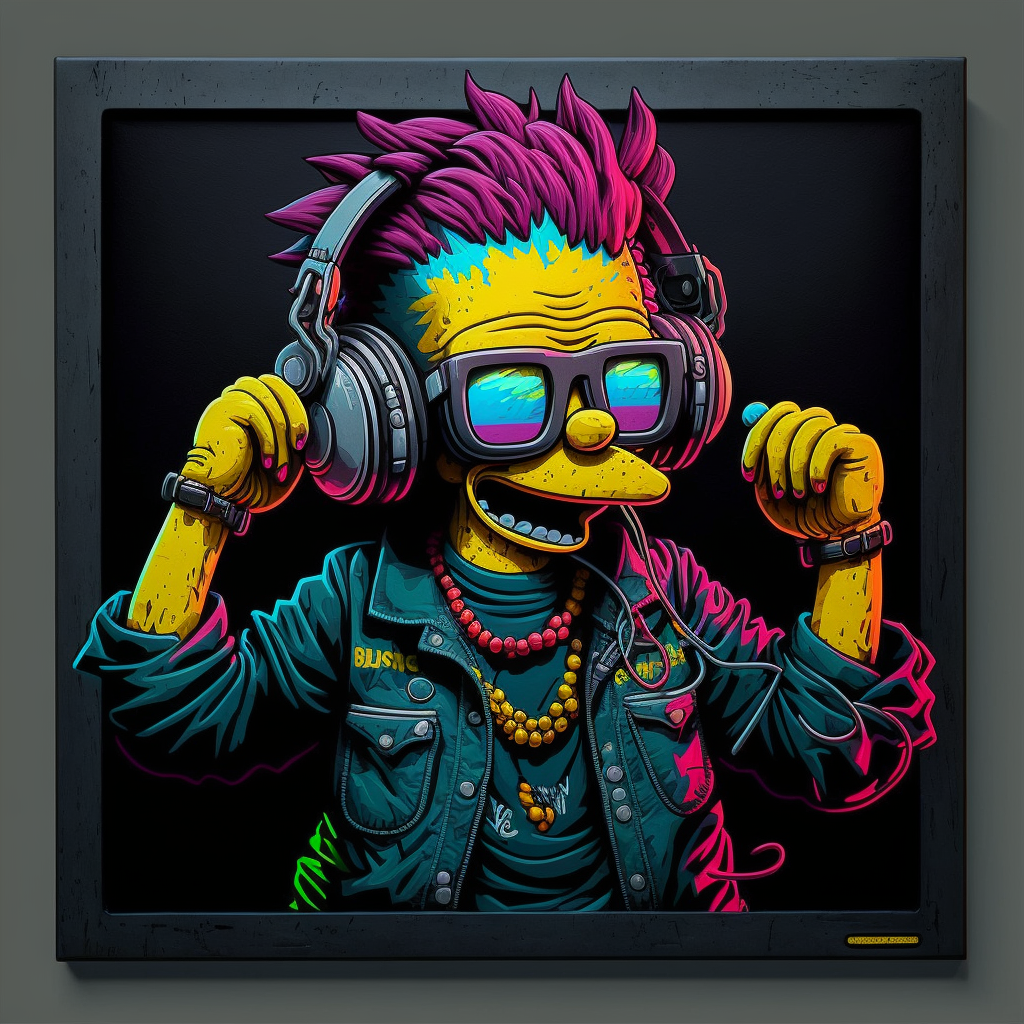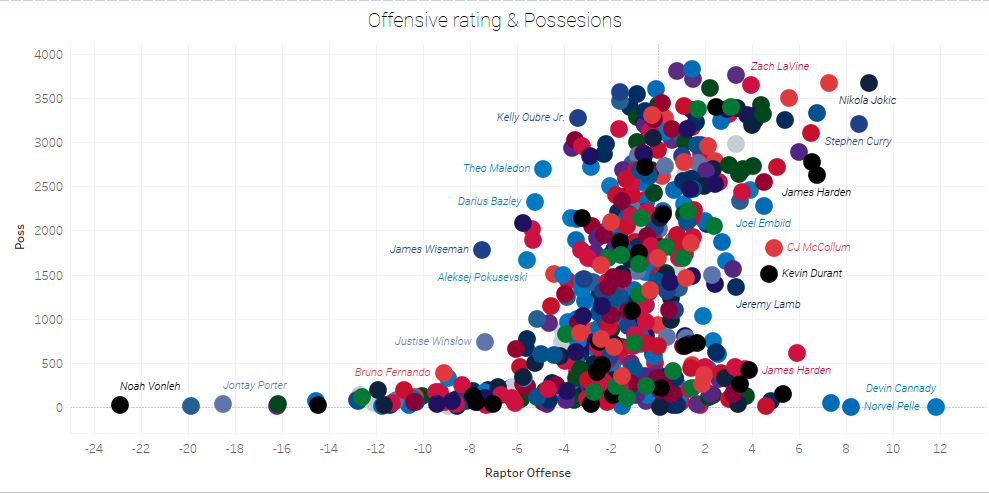About
I’m a dynamic programmer and designer with a knack for melding AI with real-world applications, honed through a passion for innovation and a multi-faceted background. My journey has taken me from the bustling streets of Shanghai where I formulated a respect and admiration for the world's cultures, to informing C suite executives regarding opportunity in AI. When I'm not diving into generative AI, or refining my foundational CS knowledge, you'll find me skiing, cycling, or exploring the Colorado Rockies with my silly barge dog, always driven by a curiosity for how technology can enhance our lives.
Resume
Portfolio
Throughout my work & my lifetime, I aim to never stop growing, to continuously learn and adapt. This portfolio is the story of my development as a professional.
Can we discern political leanings through non-essential consumerism? SKLearn / Google Trends | 2022-2024
Objective:
Outperform traditional polling methods by utilizing consumer sentiment, consumption, and search volume data related to ~200 partisan corporations.Methodology:
Collect and clean novel datasets from two sources, Simmons consumerism dataset, and the Google Trends search volume API using Python; Requests, Pandas, and Numpy. Then, research historic attempts to assess political sentiment using consumer data as a proxy, and optimize our methodology accoridngly. Perform feature engineering to combine both datasets, normalize GTrends data, partition into test-train split datasets and begin training various models. Test each model against data with and without Simmons data included, and perform feature elimination and SHAP analyses to determine the most influential corporations and public interests, per partisanship. Test classification performance, and attempt regression modelling using XGBoost to predict vote share, rather than explicit outcome.Results:
Resulting classification accuracy ranged from 80% to a peak of 94% when classifying results on a per-state level using exclusively google trends data. This result outperformed polling accuracy, but was limited in effectiveness in 4 swing states, mirroring the difficulties in predicting volatile election outcomes. With more data and more robust classification methods, we are confident that performance can be improved, but more work needs to be done to determine the deeper social and economic factors connecting consumerism to polical leaning.Predicting Political Trends [Paper] Predicting Political Trends [Slidedeck]
Bacnav | 2022
As a team, we performed a user study with local backcountry skiing groups to quantify and assess safety concerns within the sport. We used the insights from interview & survey analysis to design a series of product prototypes intended to satisfy various safety objectives. These designs ranged from avalanche detection wearables to high power emergency alert modules.BacNav [Slides]
PhysioTrack case study | 2022
As part of a study into personal health informatics, a group of likeminded students reflected upon observed physical therapy limitations and designed a prototype application to make physical therapy more accessible. Our final prototype, called PhysioTrack, enables users to log their injuries and symptoms, outputting objective datapoints regarding a user's health objectives. My role in this project was to help generate UX prototypes and research computer vision methods capable of quantifying an individuals muscular and skeletal health relative to observed baselines.PhysioTrack [Paper]
COVID card design sprint | 2022
For this short design sprint, I worked with a group to study COVID card use amongst children, and design an intervention to present design problems. During the case study sprint, we developed a design objective, researched solutions, and presented a final prototype mockup, along with storyboard and workflow deliverables.COVID Sprint [Slides]
Re-envisioning Twitter | 2022
This sprint focused on a single social media platform, and how projecting it through a separate social theory lens can influence the design objectives of the platform. For Twitter, we drafted user scenarios and described them according to various social theories, ultimately suggesting a design intervention to tweak Twitter into a Self-Presentation optimized platform.Re-envisioning Twitter [Slides]
SendMap | 2019
SendMap was a preliminary design project completed entirely by myself. The project idea was to create an application that informed riders about resort events, conditions, and tracked their ridership with simple metrics. It was designed as a design study to help me learn UX principles and Adobe UX workflows. It served as a reuseable asset for a few BacNav samples years later. (Always retain your assets!)SendMap prototype [UI Samples]
- All
- Visualizations
- Design work
- Artwork
Contact
I am always looking for new opportunities, please feel free to contact me by email or linkedin.
Location:
Denver / Boulder, CO
email:
Linkedin:
Call:
Phone number available per request, send me an email first!





